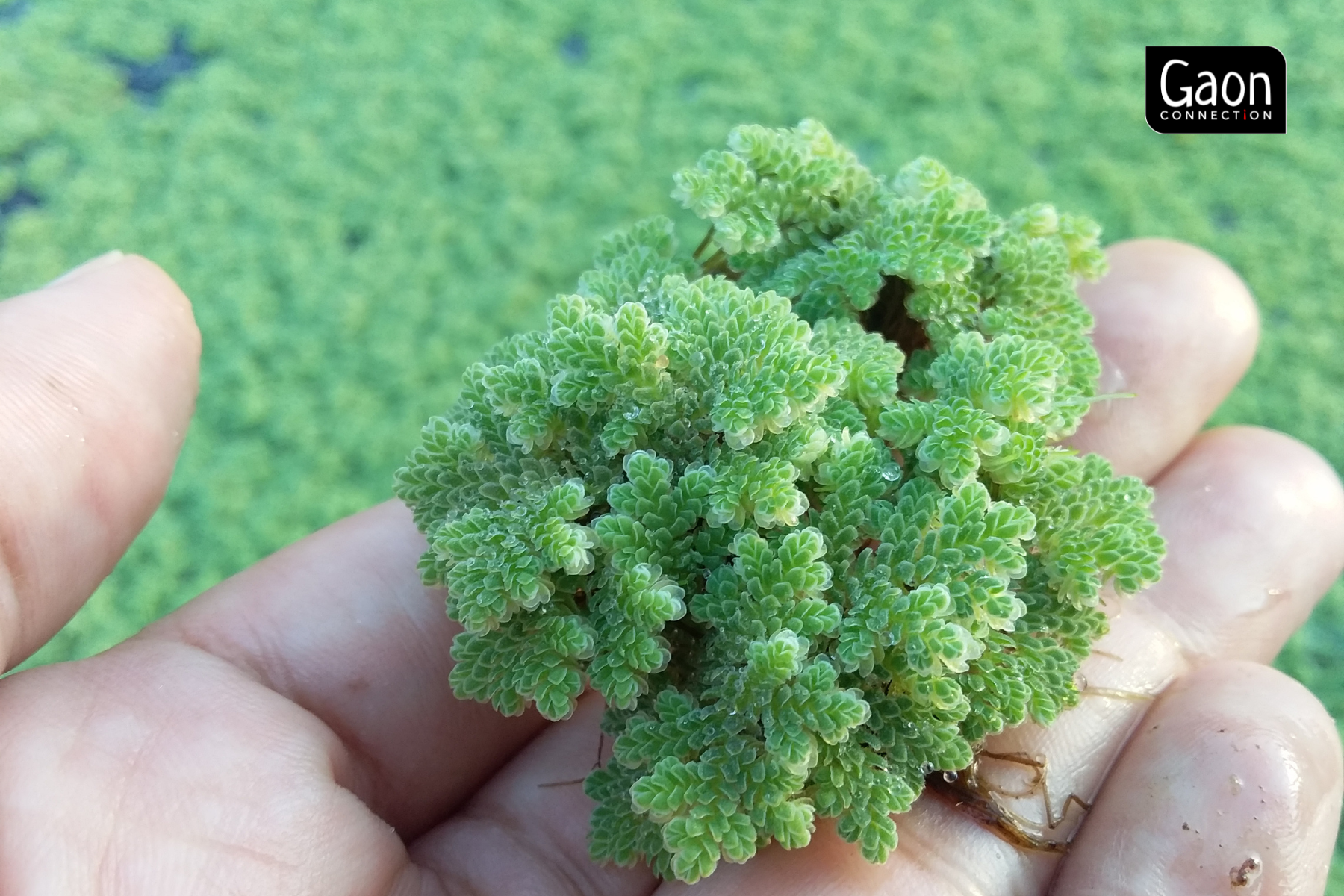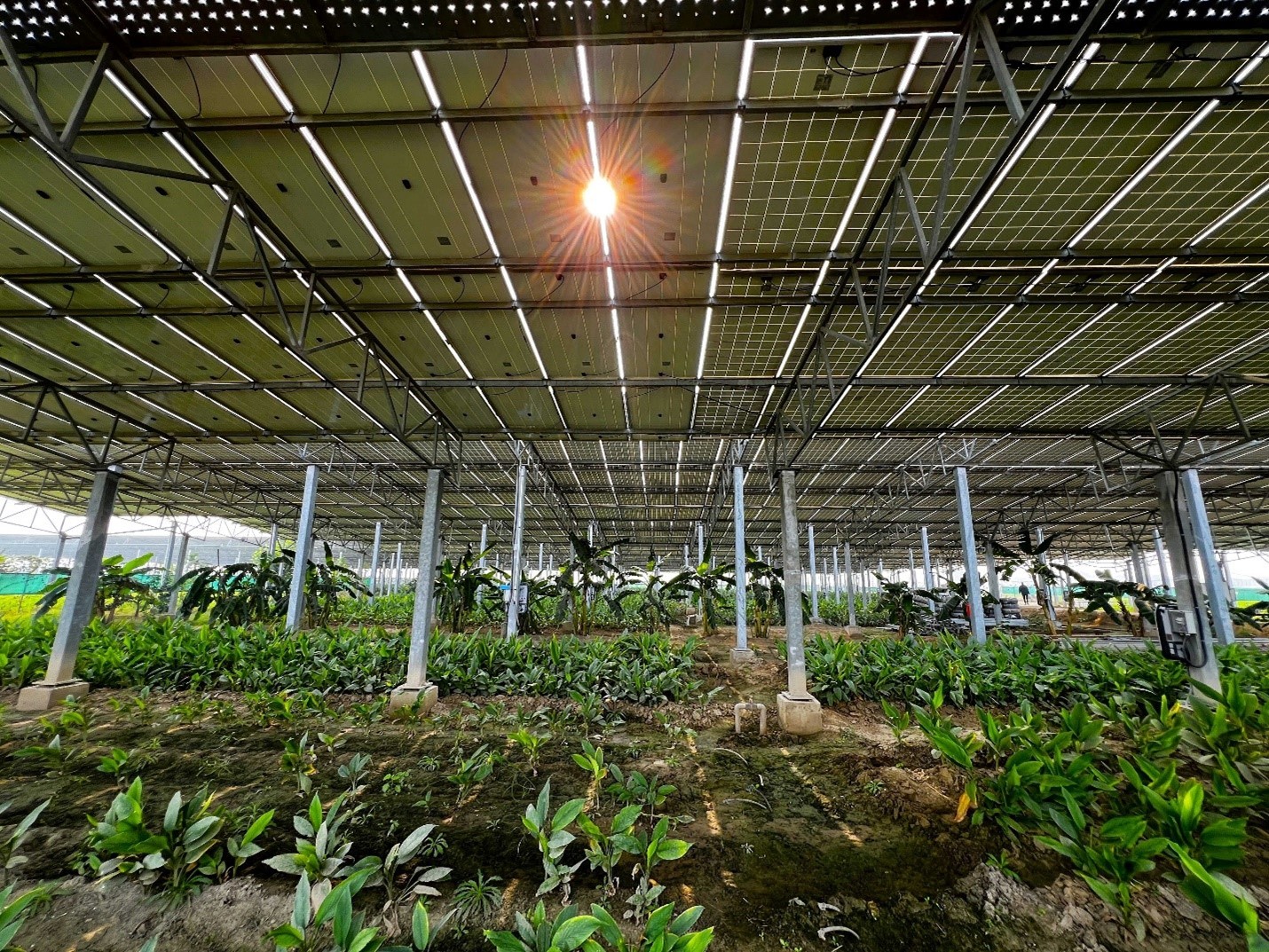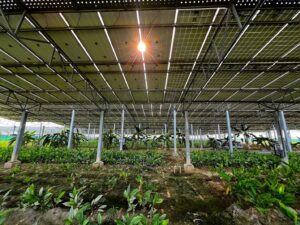Guwahati, Assam
About a year ago, the 200 feet (60 metres) deep borewell in Dinesh Sarma’s (name changed) housing colony in Guwahati city went dry. The residents tried four to five times to dig a new borewell, but did not strike any water. Money was raised to go deeper into the aquifer and finally, water was tapped at some 800 feet (243 metres) below the ground level.
“For almost a year, we had to depend on buying water from private water tankers, which used to supply water [sourced from other borewells] twice a week,” said Sarma. “Since we are just two people in the house, a 500-litre water tank, costing Rs 250, used to last us for three days. But, people with bigger families had to spend a lot more in sourcing their water,” he added.
The story of Sharma and his housing colony isn’t a one-off incident of water woes in Guwahati, a Smart City of Assam, with an estimated population of over 1.7 million.
“At present, the Guwahati Municipal Corporation provides piped water supply to only 30 per cent of the city,” Debeswar Malakar, commissioner of Guwahati Municipal Corporation told Gaon Connection.
Coupled with some other water sources, only 40 per cent of the population officially has access to central piped water supply system, notes the Assam Urban Infrastructure Investment Program of the Assam government. Projects are under implementation to lift water from the Brahmaputra river and supply it to the city residents. But these are already delayed.
“In several localities of the city, water pipelines have already been laid, but there is still no water. At present, majority of the water is sourced through boring [groundwater]. This scenario should change once the water supply projects from the Brahmaputra are completed,” Biswajit Pegu, deputy commissioner of Kamrup Metropolitan district told Gaon Connection. Guwahati city is located in Kamrup Metropolitan district of Assam.
Launched in 2009 to supply 433 million litres daily (mld) water to the city resident by the year 2025 (design capacity of the water treatment plants), Greater Guwahati Water Supply Project is being implemented by the Guwahati Development Department. The project, which includes four separate water supply projects, is already delayed and some of the project is expected to be completed by 2022.
Recently, the state chief minister Sarbananda Sonowal assured 55,000 residents in Guwahati city would receive clean drinking water by the year-end.
But, keeping in mind the past track record, local people aren’t very hopeful.
“Majority of our water needs are met through groundwater and very little from the surface water sources. Big water supply projects have been floated and once complete they would meet a large chunk of the city’s water demand. But we don’t see that happening for at least the next two years,” said Partha Jyoti Das, head of Water, Climate and Hazard division of Aaranyak, a Guwahati-based scientific and industrial research organisation.
40% water lost in leakages
As per the website of the Guwahati Municipal Corporation, at present, there are three water supply treatment plants in the city. These are located in Panbazar (commissioned in 1963), Satpukhuri (original plant in 1930, renovated in 1984) and Kamakhya (commissioned in 1992). “Water is pumped from river Brahmaputra to these plants and after processing in the plant, water is pumped to different reservoirs located at hilltops and then distributed to the consumers by gravity main. Some areas are supplied through direct pumping also,” reads the website.
Apart from these water treatment plants, there are eight functional deep tube wells to extract groundwater and supply water to the city. The combined water capacity of these tube wells is 1.50 mld.
Together, the installed capacity of all these existing water supply sources of Guwahati Municipal Corporation — three water treatment plants and eight tube wells — is 74 mld. But the real output is 44.5 mld only.
Apart from the municipal corporation, the Public Health Engineering Department (PHED) and Guwahati Metropolitan Drinking Water & Sewerage Board supply over 31 mld water to some parts of the city.
Thus, a total water supply of over 75.5 mld by different agencies.
But this is nowhere close to the water needs of population of about 1.7 million. If the Government of India’s norm of 135 litres per capita per day (lpcd) water supply to towns and cities not equipped with a sewerage is applied (Guwahati city neither has a sewerage nor any municipal sewage treatment plant), then it comes to a water demand of at least 229 mld by the residents.
And, if water supply norm of 150 lpcd for metro cities with sewerage is applied, then water demand in Guwahati comes to 255 mld.
The Assam Urban Infrastructure Investment Program notes the dilapidated condition of the city’s existing water supply system: “Most of the treatment plants are also old and damaged due to which they are running much below their actual capacities. Various components are not functioning and as a result, both quantity and quality are not being assured. Intake systems are old and rusted needing immediate repair and replacement.”
Damaged water supply systems means high leakages and water losses: “The NRW [non-revenue water, or ‘lost’ water] in the Guwahati production and distribution system is estimated to be over 40%, resulting in a per capita availability of only about 65 litres per day with an average supply hours of two to three hours within those areas where piped water supply is available. The high NRW is because of uncontrolled leakage from the distribution system and transmission line and free flow of water from the street hydrant points.”
Thus, of the total 75.5 mld water supplied to the Guwahati residents, 40 per cent, or 30.2 mld, is lost as leakages.
Greater Guwahati Water Supply Project
To make up for the wide gap between water demand and supply, and “provide affordable, reliable, safe and continuous (24×7) supply of potable water to the Guwahati Metropolitan Area”, the Greater Guwahati Water Supply Project was launched in 2009.
Under this project of the Assam government, four major water supply projects are being implemented (see map: Water supply zones under the Greater Guwahati Water Supply Project). These include JNNURM (Centre’s Jawaharlal Nehru National Urban Renewal Mission) funded 107 mld water supply project in the South West region of the city, Japan International Cooperation Agency (JICA) project for the north (37 mld) and south-central (191 mld) regions, and the 98 mld Asian Development Board (ADB) funded project for the south-east region.
Source: https://gdd.assam.gov.in/portlets/water-supply-projects
Guwahati Metropolitan Development Authority is implementing these projects through independent consultants. Once these projects are completed, the Guwahati Jal Board will take over the responsibility for the operation and maintenance of these facilities.
But these water supply projects are facing multiple delays ranging from companies signed with for pipeline supply going in liquidation, non-performance of contractors, topographical issues and seasonal work due to heavy monsoon rainfall. Both the commissioning and project completion deadlines have been shifted many times.
Last December, the Guwahati Development Department minister Siddhartha Bhattacharya assured in the Assam Legislative Assembly that proposed water supply projects “will definitely finish” by 2022.
Meanwhile, the burden of meeting the water needs of Guwahati is being shouldered by its aquifers. “At least 70 per cent of the city residents are completely dependent on bore wells [groundwater] and private water tankers,” said Das. “Water tables are fast falling not just in urban Guwahati, but also in adjoining peri-urban areas. This may lead to water insecurity in the future,” he added.
An April 2019 study that examined the status of the stock of groundwater available for extraction across the country found Assam had lost the maximum amount of usable groundwater stock between 2003 to 2015.
Another 2014 study in three wards of Guwahati city by the Gauhati University noted: “There has been a perceptible reduction in the groundwater level during the last 10 to 12 years affecting 79 per cent of households. The problem is far more acute for those households, who have either dug well or deep tube well as the source of potable water.”
Efforts to regulate the withdrawal of groundwater have remained only on paper. In 2012, the state government notified the Assam Ground Water Control and Regulation Act, 2012, which mandated constitution of Assam State Ground Water Authority and Zonal Ground Water Authorities. Among other things, it had provisions for granting permission to extract groundwater, notifying areas to control groundwater withdrawal, penalties, etc.
However, it’s been eight years and the state government is yet to frame rules to implement this Act. Thus, groundwater use remains unregulated in Guwahati and rest of the state. A year ago, the chief minister Sonowal asked the Guwahati Development Department to amend existing legal provisions and make it mandatory to obtain permission from the government before digging deep bore wells in the capital city. But there has been little action on that front.
Contaminated groundwater a health concern
Over dependence on groundwater is a serious health concern due to two factors. Firstly, Guwahati has no sewerage or any municipal sewage treatment plant. Untreated sewage flows into its Bahini-Bharalu river and other wetlands, which contaminates the groundwater.
Secondly, a number of scientific research studies have reported the presence of heavy metals above the permissible limit in the city’s groundwater. This has a direct bearing in the health of its residents who are forced to depend on groundwater to meet their water needs.
A June 2019 study, ‘Heavy metal contamination of groundwater in Guwahati city, Assam, India’, by the Department of Chemistry in Gauhati University found several groundwater samples in the city contaminated with cadmium, lead, iron and arsenic.
The World Health Organization (WHO) prescribes a maximum contaminant level for cadmium, lead, arsenic and iron at 0.003 milligrams per litre (mg/l), 0.01 mg/l, 0.01 mg/l and 0.3 mg/l, respectively.
The June 2019 study found cadmium in 81.48 per cent samples tested and all had this heavy metal above the WHO’s maximum contaminant level. Cadmium is known to have high toxic potential and exposure to it can lead to kidney damage and hypertension.
In case of all the samples that tested positive for lead’s presence, almost 78 per cent and 92 per cent had lead above the maximum contaminant level in the wet season and dry season, respectively. Lead is a possible human carcinogen and may cause the development of autoimmunity in which a person’s immune system attacks its own cells. At higher concentrations, lead can cause irreversible brain damage.
The same study reported iron above the permissible limit is 62.96 per cent samples in wet season and 92.59 per cent in the dry season. Arsenic, a human carcinogen, was found in the groundwater samples, but all values were below the WHO’s maximum contaminant level.
The authors of the story warned: “[there is] a significant risk to the population given how long term exposure to these metals even in low quantities can affect their health, and since for majority, groundwater is most widely used and reliable source of water supply in the area.”
That’s the irony of Smart City Guwahati, located on the banks of mighty Brahmaputra, a river that floods almost annually, but whose residents face acute water shortage and are going deeper into the city’s aquifers.
This story has been published as part of the WaterAid India ‘WASH Matters 2019’ Media Fellowship Program.



















